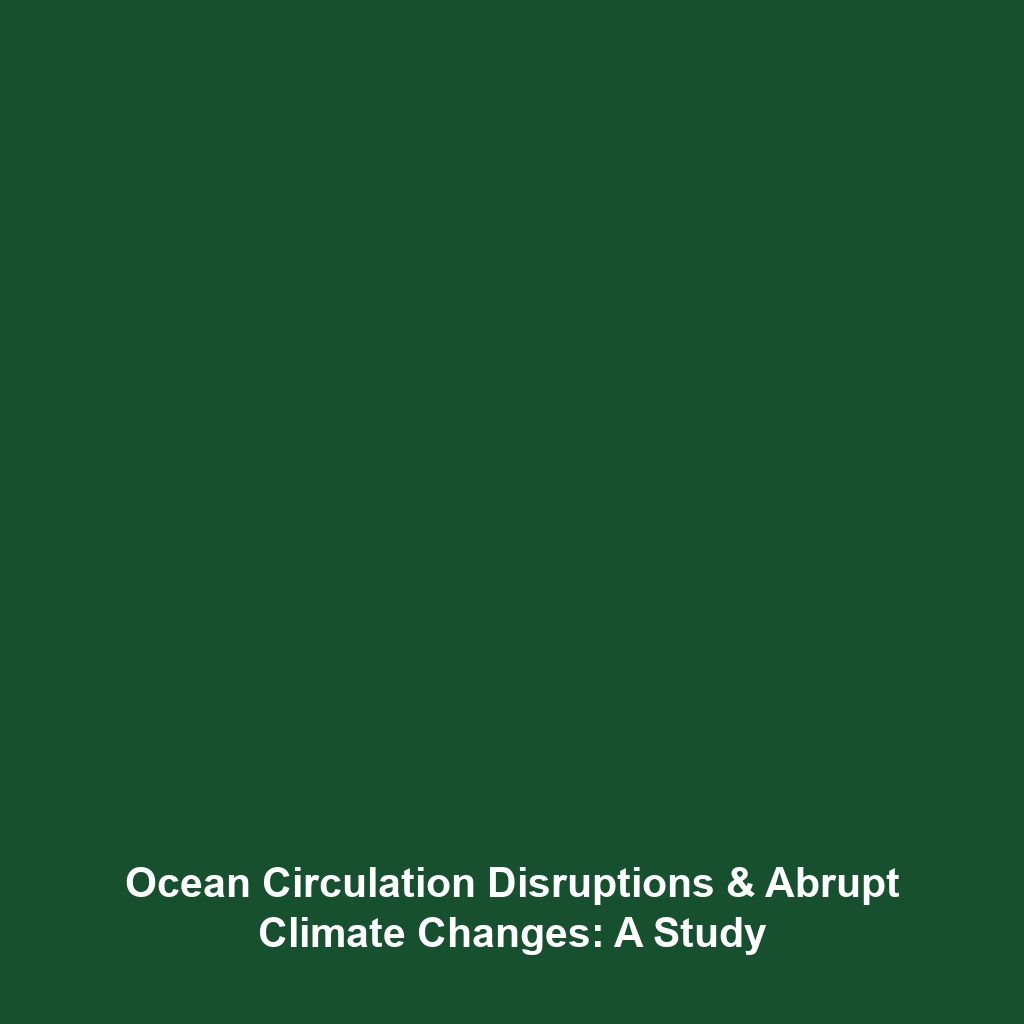The Study of Earth’s Past Climates: An Overview
Category: Climate History
Introduction
The study of Earth’s past climates through the analysis of natural records, including ice cores, tree rings, sediment layers, and fossils, is essential for understanding Climate History. This interdisciplinary approach combines geology, ecology, and atmospheric science to reconstruct historical climate conditions, revealing patterns and trends that inform today’s climate change discussions. Gaining insights from these natural records not only illuminates how Earth has responded to past climate shifts but also provides critical context for predicting future changes. By understanding these processes, scientists can make more accurate forecasts about future climate scenarios.
Key Concepts
Natural Records
Natural records are physical evidence from the environment that scientists rely on to study past climates. The major types include:
- Ice Cores: Cylindrical samples from ice sheets and glaciers that trap atmospheric gases and particles.
- Tree Rings: Annual growth layers in trees that reflect climatic variations over time.
- Sediment Layers: Deposits that build up in bodies of water, preserving pollen and other organic materials.
- Fossils: Remains of ancient organisms that hint at historical climate conditions.
These components fit into the broader context of Climate History by allowing researchers to reconstruct climatic shifts over millennia and understand their impacts on ecosystems.
Applications and Real-World Uses
The study of Earth’s past climates is instrumental in numerous applications, particularly in areas such as:
- Climate Modeling: Enhancing predictive models for future climate scenarios.
- Biodiversity Conservation: Informing strategies to protect vulnerable species and ecosystems.
- Policy Making: Guiding climate policy and environmental regulations based on historical data.
Examples include how the analysis of tree rings can indicate drought frequency, which policymakers can use to develop water conservation strategies.
Current Challenges
Despite its importance, studying Earth’s past climates presents certain challenges:
- Data Limitations: Incomplete or damaged records can hinder accurate reconstructions.
- Interpretation Variability: Different methodologies can yield varying interpretations of the same data.
- Funding and Resources: Continuous research is required but often faces budget constraints.
Understanding these challenges is crucial for improving the reliability of insights derived from climate history.
Future Research and Innovations
Innovations in technology are paving the way for more detailed climate studies. Upcoming research initiatives focus on:
- Advanced Climate Models: Utilizing machine learning to improve climate predictions.
- Integrated Data Analysis: Combining various natural record data sets to create a comprehensive climate profile.
- Remote Sensing Technologies: Enhancing the ability to gather climate data from previously inaccessible locations.
These advancements are poised to significantly enhance our understanding of Climate History and inform future climate strategies.
Conclusion
The study of Earth’s past climates through the analysis of natural records is fundamental for comprehending Climate History. By examining ice cores, tree rings, sediment layers, and fossils, researchers unravel the complexities of Earth’s climatic past, influencing contemporary climate policy and conservation efforts. As we explore this critical field of study, it is imperative to further investigate and innovate to meet the challenges ahead. For more insights, consider reading about Climate Science or explore Climate Change Impacts.
